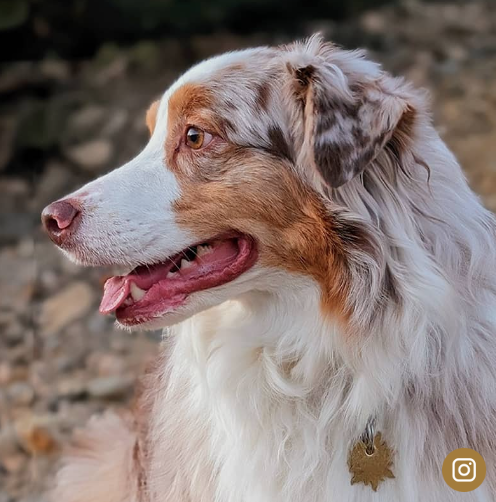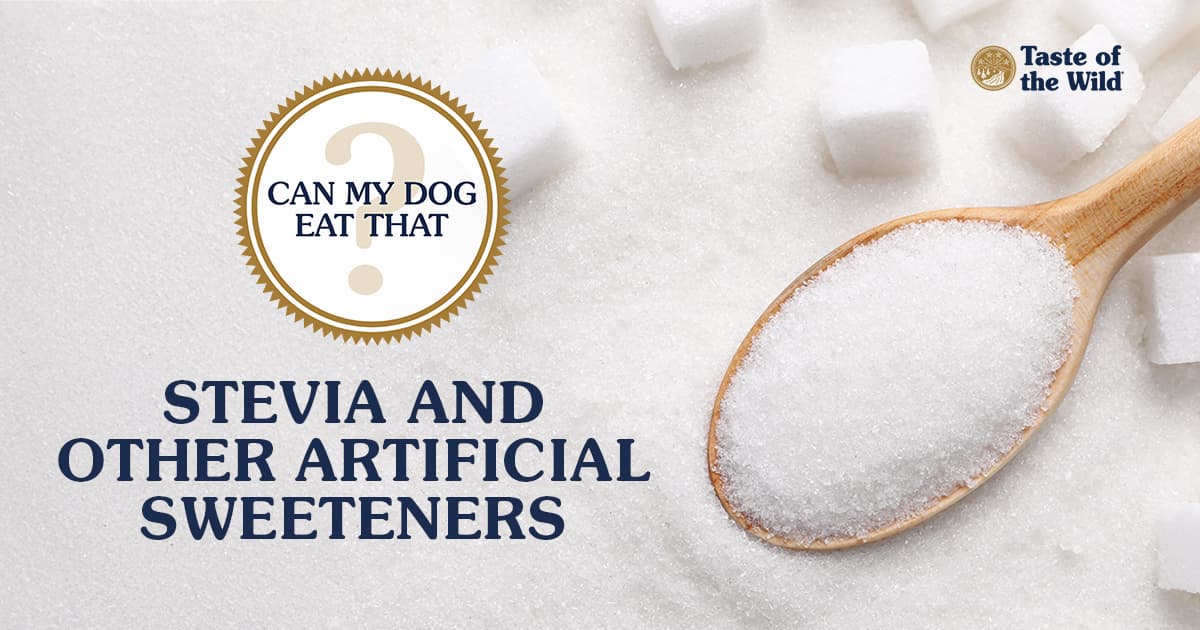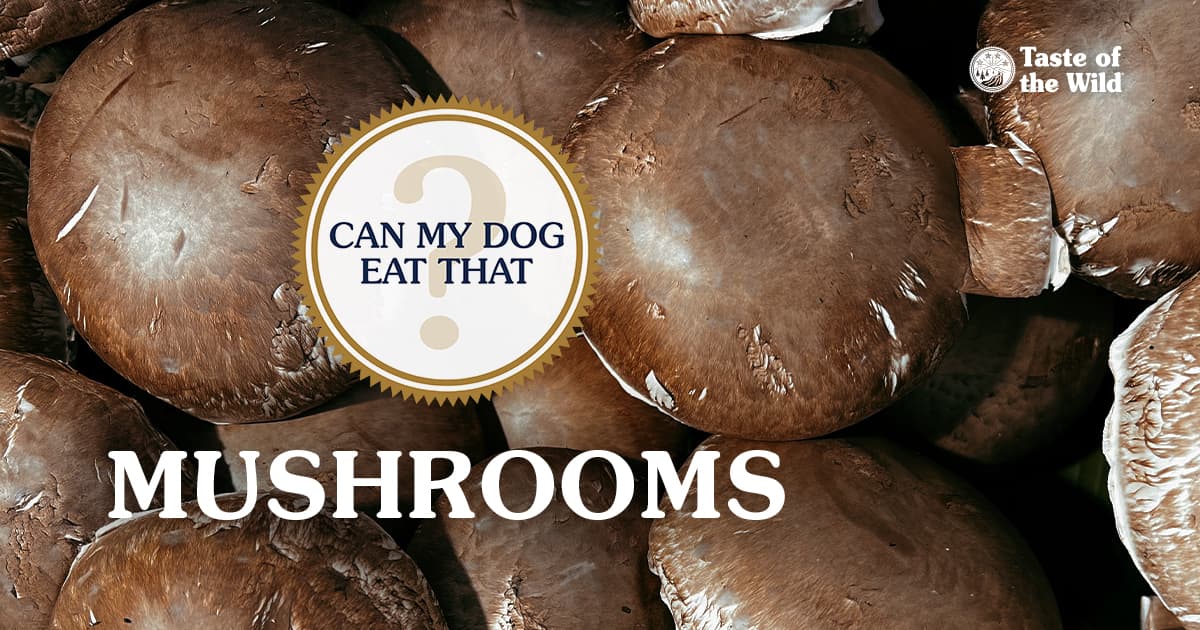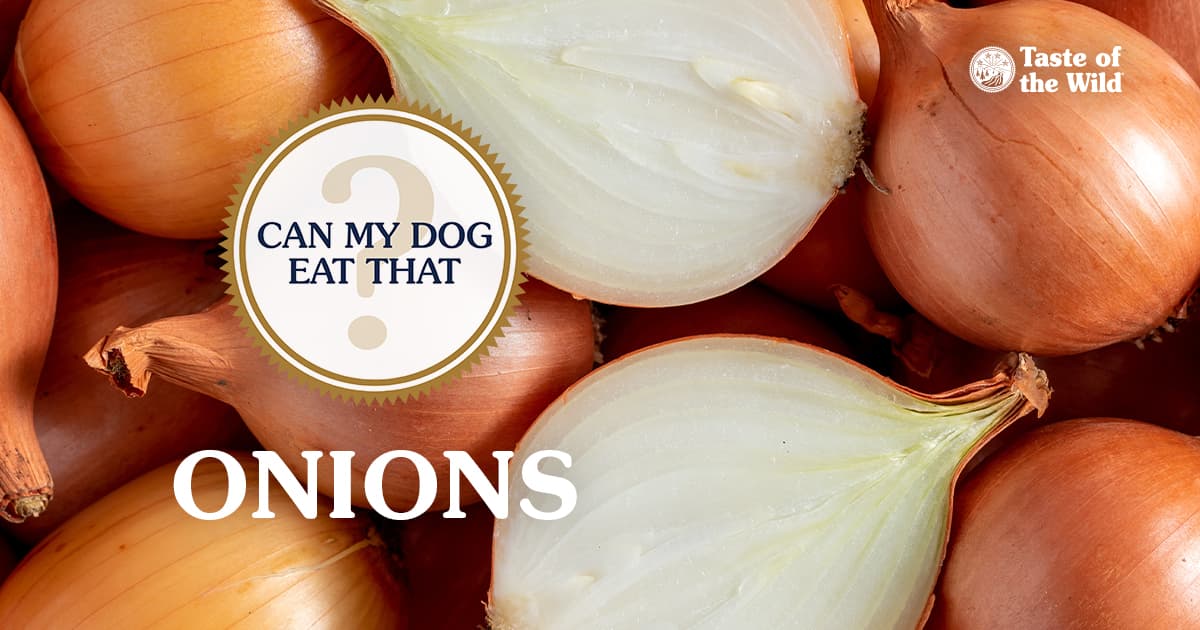Can My Dog Eat That? Spicy Food
Category: Can My Dog Eat That
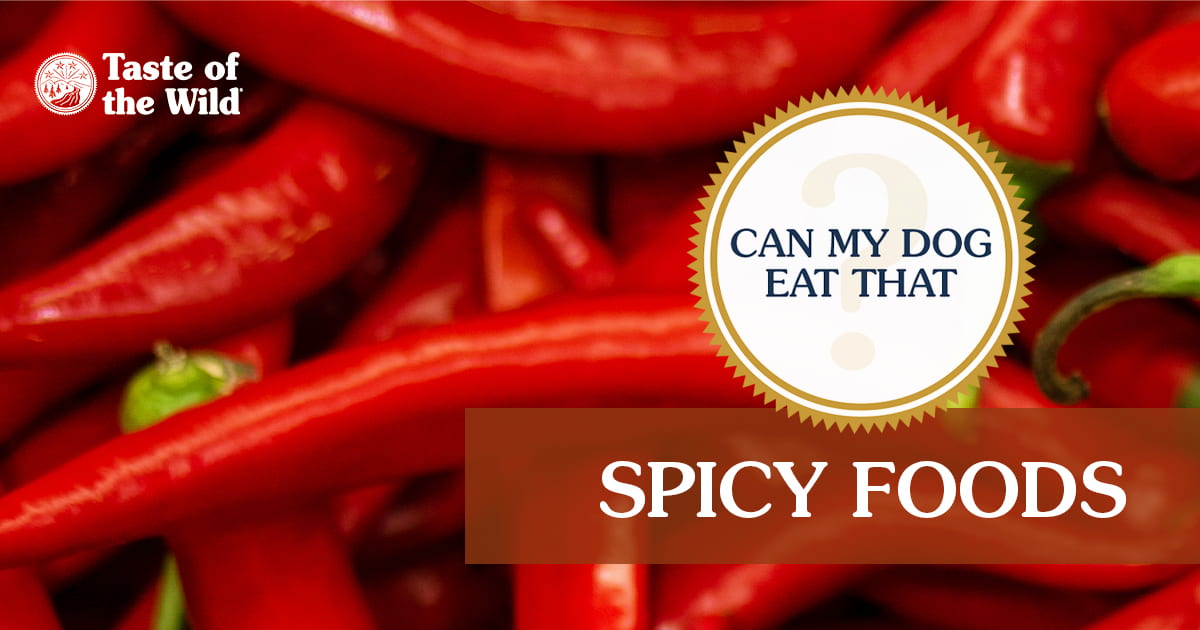
Welcome to “Can My Dog Eat That?,” our series that answers some obvious (and not-so-obvious) questions about what your dog can and can’t safely eat. You can view some of the previous foods we’ve looked at in our “Can my dog eat that?” guide. Today we answer the question “Can dogs eat spicy food?” Read on!
Can Dogs Taste Spicy Food?
Before we dive into whether eating spicy foods is OK for your dog, let’s go over whether dogs can taste spicy food. Dogs have around 1,700 taste buds that can taste bitter, sour, sweet and salty flavors. In comparison, humans have around 9,000 taste buds. So while dogs can taste and experience spicy flavors, it’s probably not to the same extent as we can. Bonus fact: dogs have special taste buds that can taste water, whereas water is tasteless to us.
Can Dogs Eat Spicy Foods?
While your dog may not be able to taste spicy food as well as we can, most spicy foods will cause that burning and heat sensation that many people know so well. It’s definitely not a pleasant experience for your dog, and it can also be painful. Therefore, letting your dog eat spicy food is not recommended because it can cause discomfort as well as upset your dog’s digestive system.
Can Dogs Eat Jalapenos?
No, you should not feed jalapenos or food containing jalapenos to your dog.
Can Dogs Eat Chili Peppers?
No, you should not feed chilis or food containing chilis to your dog.
Can Dogs Eat Hot Sauce?
No, you should not let your dog eat food covered in hot sauce.
What Makes Spicy Food Bad for Dogs?
For some foods, the problem is obvious (e.g., hot dogs aren’t good for dogs because of their fat and salt content). When it comes to spicy foods, the problem is a tiny but potent molecule called capsaicin. It’s found naturally in hot peppers and is released when you or your dog bites into the pepper. Capsaicin is what produces the heat and burning sensations.
If your dog ingests a large amount of spicy food, it can upset the digestive tract and result in vomiting, diarrhea and stinky gas, so if this happens, call your veterinarian for advice. Milk can help bind the capsaicin molecules; but dogs can also be lactose intolerant, which means milk is not a good remedy for dogs.
You also need to think about the other ingredients that may be in spicy foods, like garlic and onion, which are toxic to dogs. So it’s best to keep all spicy dishes away from curious canine tongues.
Can Dogs Eat Spicy Food in Small Quantities?
While small amounts of capsaicin are not toxic to dogs, they can still experience the unpleasant burning sensation from capsaicin, so make sure you keep spicy foods out of your furry friend’s reach.
What Seasoning Can Dogs Eat?
While chili powder and other ingredients that make food spicy should be avoided, there are some seasonings that are OK for your dog to eat (as long as the other ingredients in the food are safe, too). Here are some herbs and spices that dogs can eat in small quantities, as long as they are not in the oil or essential oil form (and your veterinarian approves):
- Cinnamon
- Dill
- Parsley
- Peppermint
- Sage
- Thyme (not Spanish thyme)
Some of the herbs and spices that dogs should avoid include:
- Bay leaf
- Cocoa or cocoa powder
- Chives
- Garlic
- Hops
- Mustard seed or powder
- Nutmeg
- Onion
- Spanish thyme
Can dogs taste spicy food? Yes. Should they eat spicy food? No. It’s not recommended to give your dog spicy foods, as it could cause an uncomfortable experience for them. Avoiding spicy foods, as well as herbs and spices that are toxic to dogs, is important to keep your dog healthy and happy.

The information in this blog has been developed with our veterinarian and is designed to help educate pet parents. If you have questions or concerns about your pet’s health or nutrition, please talk with your veterinarian.
